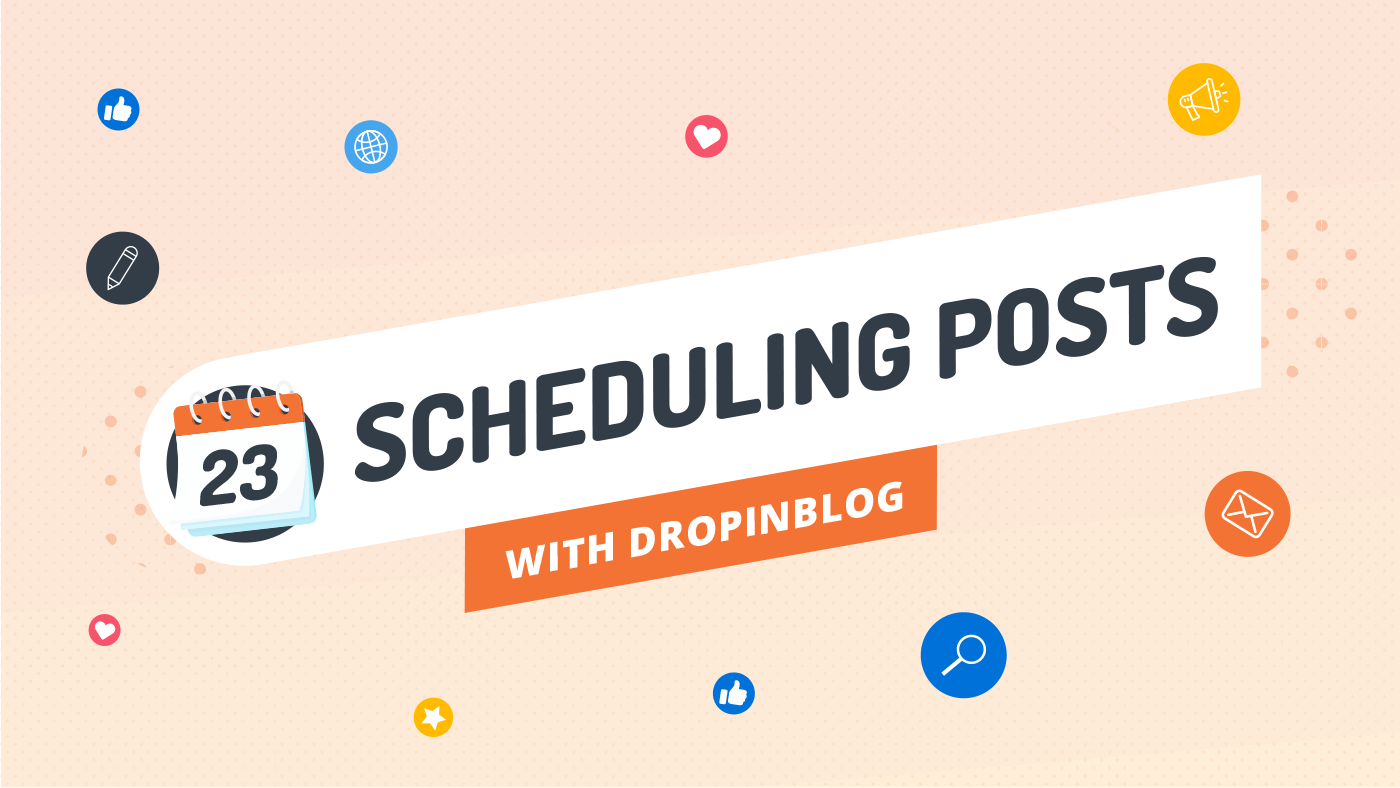So, you’ve decided to add a blog to your Shopify store... or maybe your existing blog didn’t boost your sales like you were expecting? Whatever the case, I'm here to give you some tips for turning those underperforming posts into a content marketing goldmine of lead conversions!
Blogs are a great sales tool because they introduce interaction that isn’t present elsewhere. Reviews are great, but what about conversations? Human interaction? Trust? How are people supposed to get to know you if they can’t ask you questions or see you talk at length about your products? It’s much easier to sell something if your customers trust the person selling it.
But how do you foster trust with a blog?
Simple... content marketing.
Content marketing is the act of taking a blog post and making it do a few different things at once.
First, it provides a point-of-interest that draws people in and gets them thinking about the post and your shop.
Second, it’s free advertising. As your blog expands, search engines will have more opportunities to show it to people. For instance, if you have a blog post about dinosaur cake molds, then a Google search of “how do I make a dinosaur cake” could pull up your post (and your shop!).
But that’s skipping ahead.
How do I create engaging content?
It's easier than you think! You just need a blog and a topic to write about. The different blogging platforms each have their own pluses and minuses, but it's fine if your blog is with WordPress, DropinBlog, or simply just the built-in Shopify default blog.
And as far as the content goes for your posts, the good news is, you already have a focal point for your blog...
It’s your shop!
Some people can agonize for days deciding on a niche for their blog posts, but all you have to do is look at your product list and come up with some articles about them. You can compare products, post about which products make the best gifts, announce new products, write about products that are hip and trendy, or anything else that you think would be useful to your customers. You don’t even have to write it yourself! You can hire an amazing freelancer right here on FreeUp to do it for you.
Just remember, the purpose of your blog isn't to sell your products directly. It's a long play. It's the top of your sales funnel. The purpose of your blog is to attract new people to your website and keep them coming back. Sustained contact with your blog will eventually lead readers to other articles about your products, and then from there, to the products themselves.
Not everybody that comes to your blog will be looking to buy something from you. Some people will come because of your informative rant on the different kinds of frosting tips that you posted last week. Some will be drawn in by your post of a recipe for the fluffiest chocolate cake on earth.
And if they do come looking to buy something, keep in mind that not everybody buys a product the first time they visit a site. They shop around, they do research, and they make sure that this is the product they want and that you are the person they want to buy it from.
And how do I get people to find me?
If your blog's viewership isn't where you want it to be, there's a problem with your leads.
Anything on the internet that you can click on to go to another website is considered a lead. Whether it's an ad, a Google search result, or just a plain ol' link. Website owners rely on leads to bring in more traffic, but it's sometimes difficult to know where your leads are going wrong. There are two categories of leads that you can look into.
Organic leads
Organic leads are things that people find themselves. Search engine results are the most common example of organic leads. But they also include guest posts on other blogs and readers sharing your articles to their social media. The best thing you can do to improve your organic lead results is to improve your SEO, or Search Engine Optimization.
When you search for something on Google, you use what Google calls "keywords". Optimizing your posts to improve your SEO means writing your blog articles in a way that relates them more closely to those keywords. An SEO score is how much your article relates to a certain keyword, and a higher score means a higher chance of a search engine showing your article when someone searches for that keyword.
The DropInBlog app has a really cool SEO analyzer built-in that reviews your posts as you write and offers tips to help boost your SEO score. Remember, the better your SEO is, the better chance you have of ranking well in organic search results.
Organic leads also applies to guest posts. This is when you write a post for another blog, or someone else writes a post for your blog. Guest posting is a way to both share traffic between the two sites, and get quality content that's different than what your site usually has.
Inorganic leads
Inorganic leads are ones that you, the website owner, deliberately place in front of a potential reader. This includes things like Google Ads, Tweets, or Facebook posts promoting your site. Basically, everything in this category can be loosely labeled 'marketing'.
Now, maybe you think you need a fancy marketing degree from a fancy marketing program to make any kind of difference for your website. Fortunately, that's only true if you're dealing with a huge company website with millions of views each day, and even then you could probably squeak by without it. The fact is, bad marketing is better than no marketing.
Bad marketing is better than no marketing.
Sorry, I had to say it twice because it's so true. The point of marketing isn't to get people to click on your site and buy a product right away. The point is to get your name in people's heads, so when they go out looking for products, they see your shop and they find it familiar.
So what you're going to do is, you're going to link all your social media accounts to your blog platform, and you're going to put out a social media post go every time you publish a new article on your website.
You're going to get the word out... got it?
So, what now?
You have your blog, and it’s full of quality, SEO optimized, content. Not just content about your products, but about the different ways people might want to use your products. You are no longer simply providing goods, you are also providing information.
So now... you watch. You keep an eye on what people like to see... and then you give them more of it.
You wait. You keep drawing people in with more of the content that they like, and more content that you think they’ll like.
You advertise. You share your posts on your social media accounts. You encourage your visitors to share your posts to their feeds. You let people know that this information is available to them.
And you see your shop grow. 🚀










